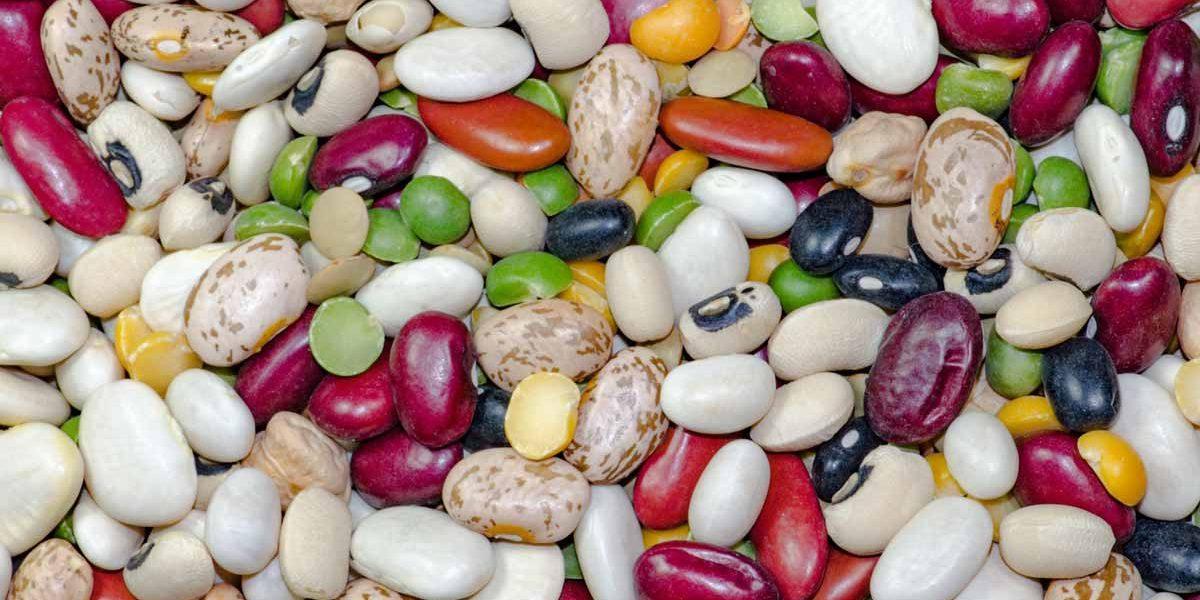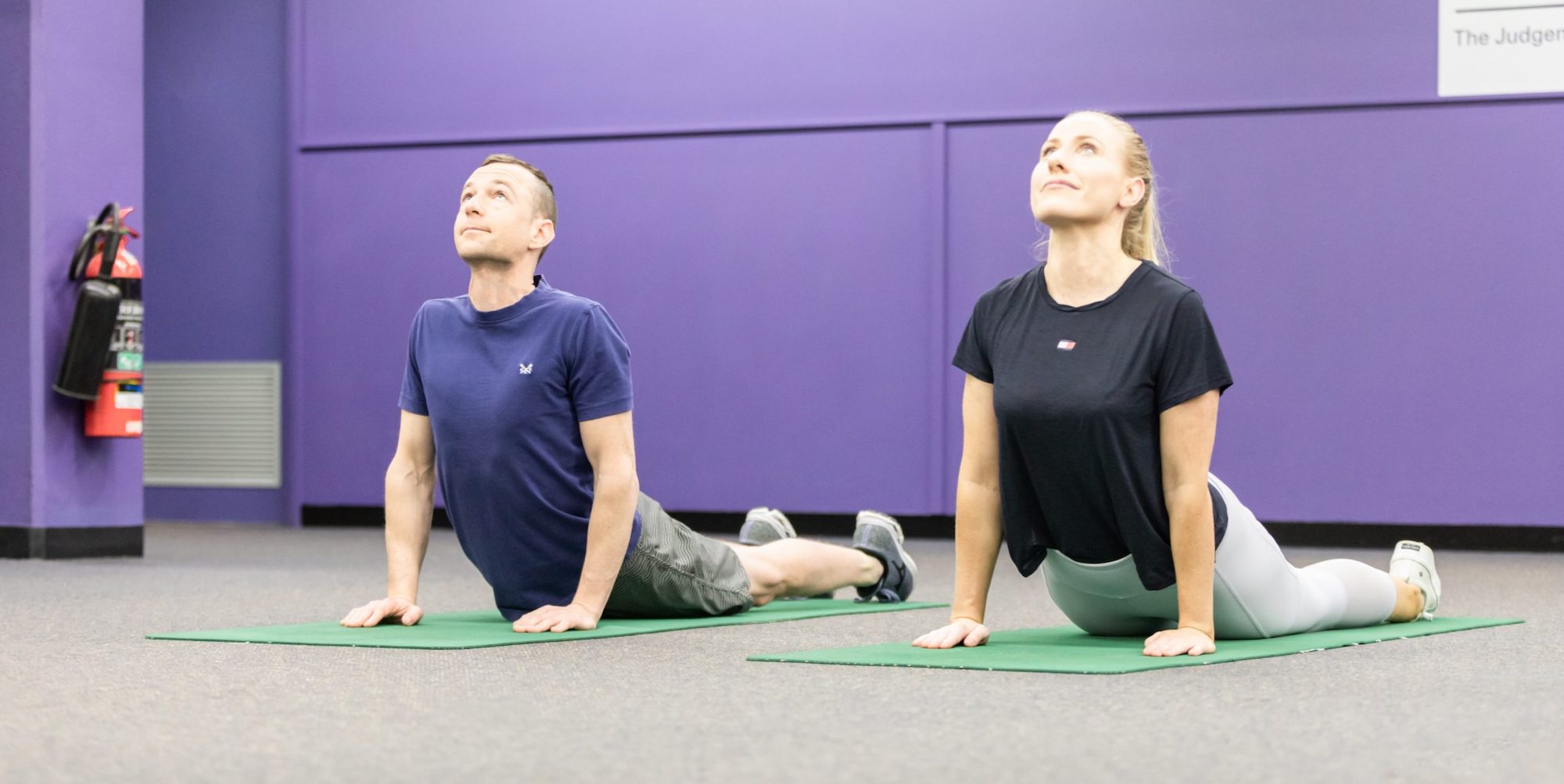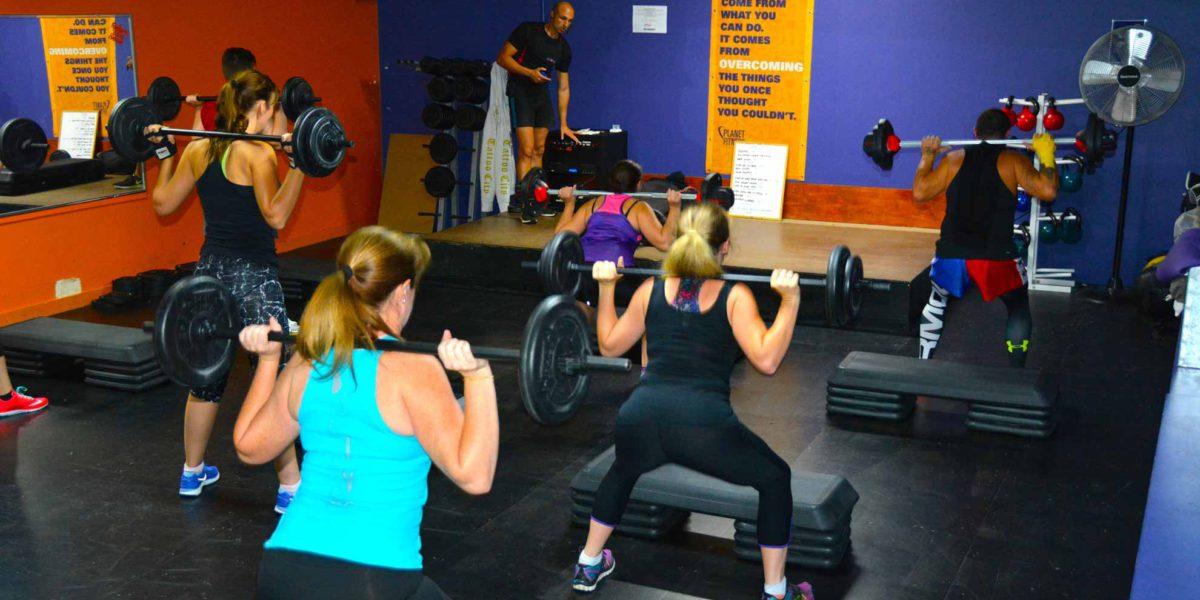One piece of advice often given to dieters is to eat until you reach satiety — that is, until you feel full. The problem is that different foods can have vastly different effects on hunger and satiety. For example, 200 calories of chicken breast may make you feel full, but it could take 500 calories of cake to have the same effect. Thus, weight loss isn’t just about eating until you feel full. It’s about choosing the right foods that make you feel full for the least amount of calories.
What Makes a Food Filling?
Many factors determine a food’s satiety value, or how filling it is relative to its calorie content. The calorie/satiety ratio is measured on a scale called the satiety index (1). The satiety index also measures a food’s ability to make you feel full, reduce your hunger and lower your calorie intake over the course of the day. Some foods simply do a better job at satisfying hunger and preventing overeating than others. Filling foods tend to have the following qualities:
- High volume: Studies indicate that the volume of food consumed strongly influences satiety. When foods contain a lot of water or air, the volume is increased without adding calories (2, 3).
- High protein: Studies show protein is more filling than carbs and fat. Diets higher in protein increase satiety and lead to lower overall calorie intake than lower-protein diets do (4, 5).
- High fiber: Fiber provides bulk and helps you feel full. It also slows the movement of food through your digestive tract, which keeps you feeling fuller for longer (6).
- Low energy density: This means that a food is low in calories for its weight. Foods with low energy density can help you feel full for fewer calories (7).
So if you eat foods with the above characteristics, then you can usually eat them until fullness without getting in too many calories. Here are 12 filling foods you can eat a lot of without getting fat.
1. Boiled Potatoes
Due to their higher carb content, many people avoid potatoes when trying to lose weight, but they shouldn’t. Whole potatoes are loaded with vitamins, fiber and other important nutrients. They also contain a certain type of starch called resistant starch (8, 9). Resistant starch contains half the calories of regular starch (2 instead of 4 calories per gram). In your digestive system, it acts a lot like soluble fiber, helping you feel full. Because adding resistant starch to meals helps satisfy hunger, it causes people to eat fewer calories (10, 11).
Interestingly, cooling potatoes after they’re cooked increases their resistant starch content. In fact, studies show that cooling and reheating potatoes multiple times continues to increase their hunger-suppressing effect (12). In a study that measured the ability of 38 foods to satisfy hunger, boiled potatoes ranked the highest (1). While boiled potatoes were the most satisfying food tested, fried potato chips were found to be three times less filling.
Bottom Line: Boiled potatoes, which are highly nutritious, are number one on the satiety index. Fried potato chips are three times less filling and not considered weight loss friendly.
2. Whole Eggs
Eggs are another food that has been unfairly demonized in the past. The truth is, eggs are incredibly healthy and high in several important nutrients. Most of the nutrients, including about half of an egg’s protein, are found in the yolk. Eggs are a complete protein, meaning they contain all nine essential amino acids. In addition, they’re very filling.
Several studies found that people who ate eggs for breakfast were more satisfied and consumed fewer calories throughout the day than those who had a bagel for breakfast (13, 14, 15). In particular, one study found that people who ate eggs for breakfast lowered their body mass index (BMI) and lost more weight than those who ate a bagel (16).
Bottom Line: Eggs are a great source of nutrients, including high-quality protein. They may help you eat less for up to 36 hours after a meal.
3. Oatmeal
Oatmeal is a type of porridge, or hot cereal, that is often consumed for breakfast. It’s incredibly filling and ranks third on the satiety index (1). This is mainly due to its high fiber content and ability to soak up water. Oats are a good source of a soluble fiber called beta-glucan, which helps slow down digestion and the absorption of carbs (17).
When compared to ready-to-eat breakfast cereal, oatmeal was better at suppressing appetite, increasing satiety and reducing calorie intake throughout the day (18, 19).
Bottom Line: Oatmeal is high in fiber and soaks up water, which makes it incredibly filling. It is more filling than traditional breakfast cereals and may help you eat less throughout the day.
4. Broth-Based Soups
Liquids are often considered to be less filling than solid foods. However, research shows soups may be more filling than solid meals with the same ingredients (20, 21). When soup was eaten at the start of a meal in one study, subjects consumed 20% fewer calories at that meal (22).
Several studies found that routinely eating soup can reduce calorie intake, enhance satiety and promote weight loss over time (23, 24, 25). Stick to broth-based soups, as they tend to be lower in calories than cream-based varieties.
Bottom Line: Soups are very filling foods. Eating soup at the start of a meal may increase satiety, reduce calorie intake and lead to weight loss over time.
5. Legumes
Legumes, such as beans, peas and lentils, are well known for being good sources of fiber and protein. This, combined with a relatively low energy density, makes them a filling food that may even promote weight loss (26).
A review of several studies indicates that beans, peas, chickpeas and lentils are 31% more filling than pasta and bread (27).
Bottom Line: Legumes are high in protein and fiber, which make them very filling. They are also relatively low in calories, which makes them a weight loss friendly food.
6. Apples
Fruits are an important part of a healthy diet. Several studies indicate eating fruit is associated with lower calorie intake and can contribute to weight loss over time (28, 29, 30, 31). In particular, apples score very high on the satiety index (1).
Because apples contain pectin, a soluble fiber that naturally slows digestion, they help you feel full (32). They are also over 85% water, which provides volume and improves satiety without adding calories.
It’s important to note that whole, solid fruit increases satiety more than puréed fruit or juice, both of which are not particularly filling (33). One study looked at the effects of eating solid apple segments, applesauce or drinking apple juice at the beginning of a meal. It found that those who ate solid apple segments consumed 91 fewer calories than those eating apple sauce and 150 fewer calories than those drinking apple juice (34). Eating apple segments also resulted in higher fullness ratings and lower hunger ratings than other forms of fruit.
Bottom Line: Apples are high in water and soluble fiber but low in calories. Eating whole, solid apples may help you consume fewer calories and contribute to weight loss over time.
7. Citrus Fruits
Similarly to apples, citrus fruits are high in pectin, which can slow digestion and increase satiety. They also have a high water content. Both oranges and grapefruit contain over 87% water, which means they’re able to fill you up for very few calories.
It has often been suggested that eating grapefruit can promote weight loss. In one study, obese participants eating grapefruit lost significantly more weight than those given a placebo (35). In another study, eating half a grapefruit three times daily at mealtimes for six weeks was associated with modest weight loss and a significant reduction in waist circumference (36). When combined with calorie restriction, consuming grapefruit or grapefruit juice before meals resulted in a 7.1% weight loss, a significant reduction in body fat and weight circumference (37). However, these results may not be exclusive to grapefruit, as drinking water before meals had similar effects.
Bottom Line: Citrus fruits such as oranges and grapefruit are also weight loss friendly foods. They’re high in fiber and water, which can help you feel full and consume fewer calories.
8. Fish
Fish that are rich in omega-3 fatty acids may increase satiety in people who are overweight or obese (38). They’re also loaded with high-quality protein, which is known to be very filling.
In fact, fish scores higher than all other protein-rich foods on the satiety index and ranks second of all foods tested (1). One study found the effect of fish on satiety was significantly greater than that of chicken and beef (39). Another study found participants who ate fish consumed 11% fewer calories at their next meal than those who ate beef (40).
Bottom Line: Fish is high in protein and omega-3 fatty acids, which may increase satiety. Fish may also be more filling than other types of protein such as chicken and beef.
9. Lean Meats
Lean meats are high in protein and very filling. In fact, higher-protein diets lead to lower overall calorie intake than lower-protein diets (5).
One study found that people ate 12% less at dinner after eating high-protein meat at lunch, compared to those who had a high-carb lunch (41). Beef scored second highest of all protein-rich foods on the satiety index, but other lean meats such as chicken and pork are also weight loss friendly (1).
Bottom Line: Meat is high in protein and very filling. Eating high-protein lean meat may help you consume fewer calories at subsequent meals.
10. Cottage Cheese
Cottage cheese is low in calories but very high in protein. It is also packed with healthy nutrients, including B vitamins, calcium, phosphorus and selenium. These characteristics make cottage cheese a weight loss friendly food. One study found that its effect on fullness is similar to that of eggs (42).
Bottom Line: Cottage cheese is high in protein and low in calories. Its effect on satiety may be comparable to that of eggs.
11. Vegetables
Vegetables are low in calories and high in volume. They’re also packed with all kinds of beneficial nutrients and plant compounds that make them an important part of a healthy diet. Furthermore, they’re high in water and fiber, both of which help fill you up.
Research shows that salads, in particular, help satisfy hunger, especially when consumed before a meal. In one study, participants who ate a salad at the start of a meal consumed 7–12% fewer calories at the meal (43). Another study showed that eating a salad at the start of a meal increased vegetable consumption by 23%, compared to eating it with the main course (44). In order to keep your salad low in calories, avoid adding high-calorie ingredients and dressings.
Bottom Line: Vegetables are high in water and fiber, which may keep you full for longer. Eating low-calorie salads can help increase your vegetable consumption and decrease your calorie intake.
12. Popcorn
Popcorn is a whole grain and contains more fiber than many other popular snack foods. It is also high in volume, so it takes up a lot of space in your stomach, despite being relatively low in calories.
Studies have found that popcorn will fill you up more than other popular snacks such as potato chips (45). Air-popped popcorn is the healthiest. Commercially-prepared or microwave popcorn can be extremely high in calories and contain unhealthy ingredients. To keep your popcorn low in calories, avoid adding a lot of fat to it.
Bottom Line: Popcorn is a whole grain that is high in fiber and volume, both of which help you feel full. Studies have found that popcorn is more filling than potato chips.
Take Home Message
Filling foods have certain characteristics. They’re high in volume, protein or fiber and low in energy density. Including more of these foods in your diet may help you lose weight in the long run.
Article written by Registered Dietition, Kayla McDonell, RD, article and images sourced from Authority Nutrition.





